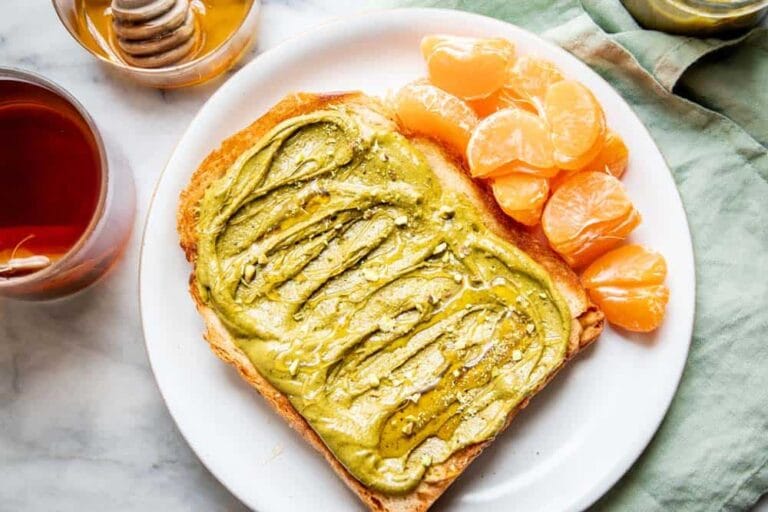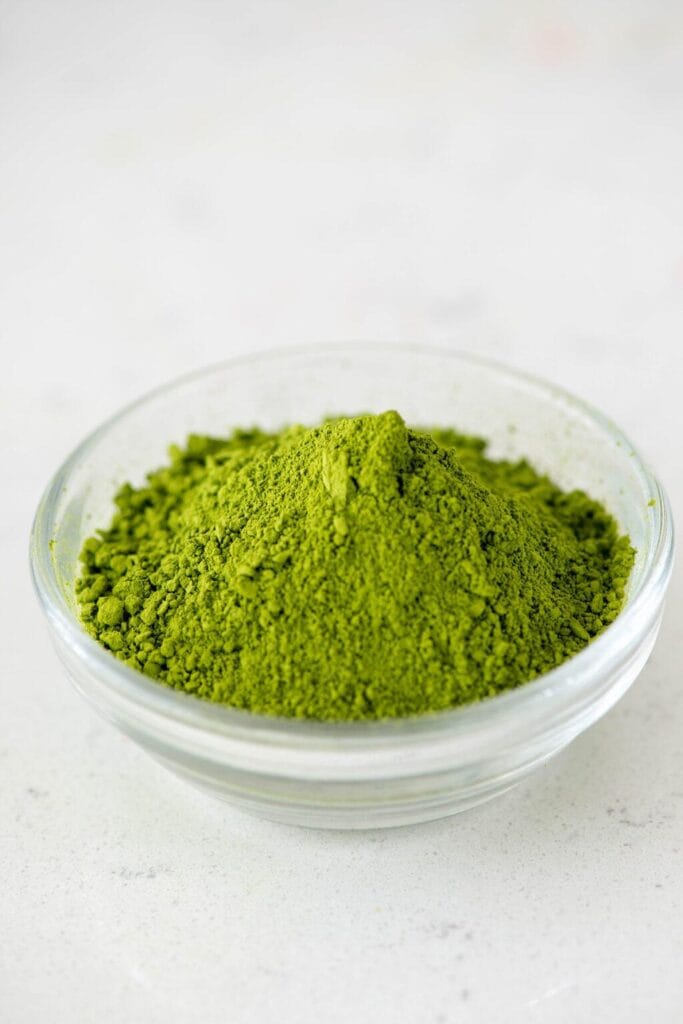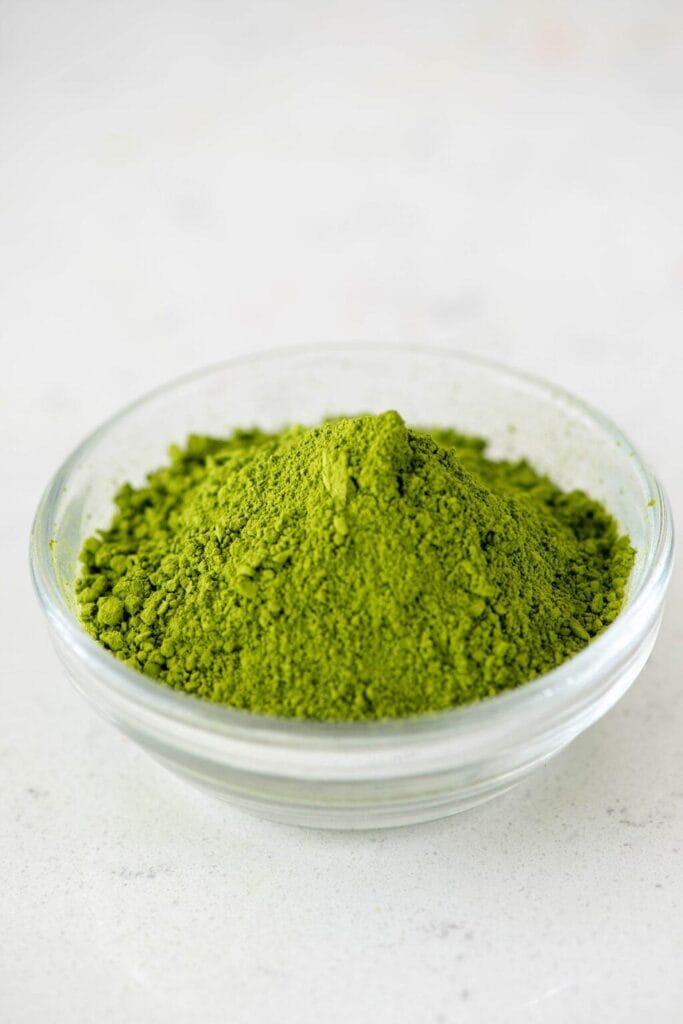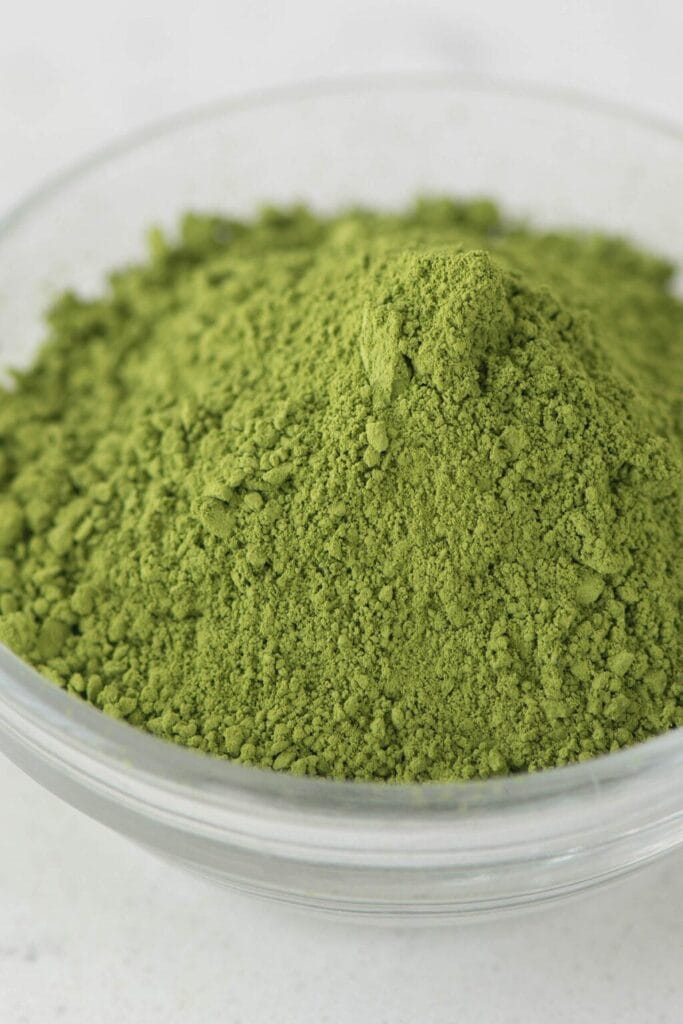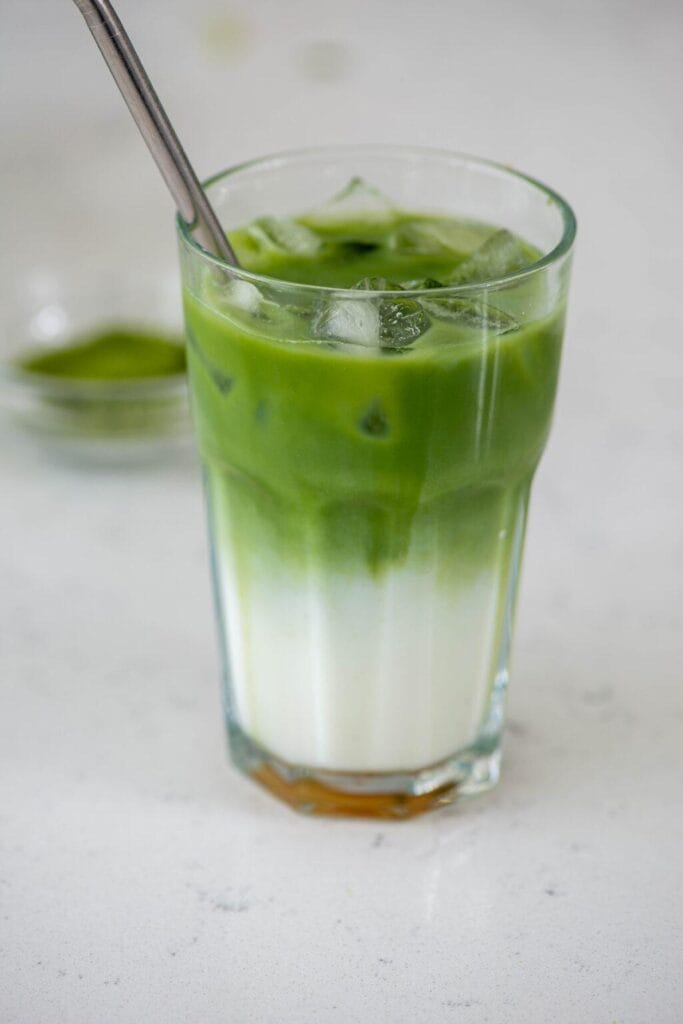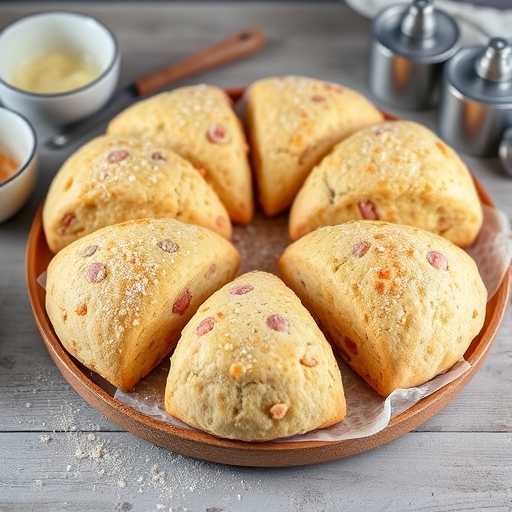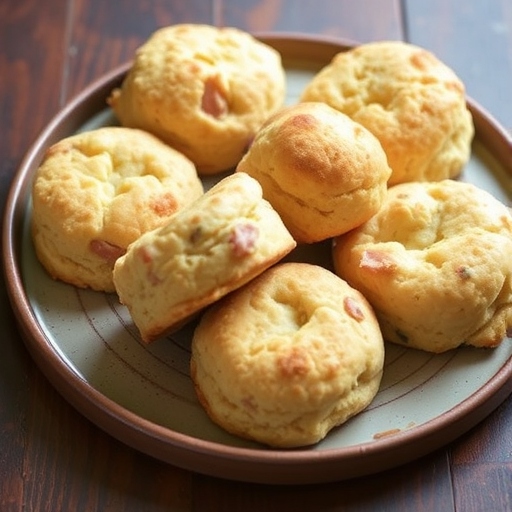If you’re tired of bloating, irregular digestion, or just want to feel lighter and healthier, chances are you’ve looked into probiotics. Among the trending options out there, Prime Biome Gummies have exploded in popularity. But do they really live up to the hype?
In this complete guide, we’ll explore everything you need to know about Prime Biome Gummies—from how they work, their ingredients, potential side effects, real customer reviews, and comparisons to other probiotic gummies. You’ll also learn whether they’re FDA approved, how to use them for best results, and who’s behind the formula.
Whether you’re looking for immune support, better digestion, or just a more energized daily life, this guide will help you decide if Prime Biome is the right supplement for your needs.
Check out our Natural Mounjaro 4 Ingredients guide for another wellness combo that pairs beautifully with your probiotic regimen.
What Are Prime Biome Gummies?
What are Prime Biome Gummies used for?
Prime Biome Gummies are marketed as daily probiotic supplements that aim to support gut health, digestion, immune function, and skin clarity. Each gummy contains a blend of carefully selected probiotic strains that help balance the good bacteria in your digestive tract, also known as the microbiome.
Your microbiome affects nearly everything—from nutrient absorption to mental clarity and immune defense. These gummies are designed to help:
- Reduce bloating and constipation
- Improve bowel regularity
- Support immune responses
- Promote clearer skin
- Enhance overall mood and energy
Unlike pills or powders, gummies are easier to digest and absorb, especially for those who dislike swallowing capsules.
How do probiotics like Prime Biome Gummies support gut health?
Probiotics are live microorganisms, often called “good bacteria,” that help maintain or restore the natural balance of bacteria in your gut. Prime Biome Gummies typically include strains like Lactobacillus, Bifidobacterium, and Bacillus Coagulans—which are clinically studied for digestive support.
Here’s how they work:
| Gut Function | Probiotic Action |
|---|---|
| Nutrient Absorption | Enhances breakdown of carbs, fats, and proteins |
| Immune Defense | Supports gut barrier and pathogen resistance |
| Digestive Regularity | Reduces bloating, constipation, and gas |
| Inflammation Control | Balances intestinal flora, reduces gut irritation |
With a daily dose, Prime Biome helps rebalance gut flora that may be disrupted by antibiotics, poor diet, or stress. Over time, this may lead to more consistent digestion, less bloating, and even a clearer complexion.
Learn more about gut-friendly nutrition in our How to Make Pistachio Butter guide—a great companion to probiotics for a clean and nutrient-dense lifestyle.
Are Prime Biome Gummies Legit or a Scam?
How to verify the authenticity of Prime Biome products
With so many health supplements flooding the market, skepticism is natural—especially when the product makes claims about gut health, clearer skin, and immune support. The good news? Prime Biome Gummies are not a scam, but you do need to purchase them from reliable sources to avoid counterfeit or expired stock.
Here’s how to check for legitimacy:
- Buy only from the official website or authorized retailers
Many fake supplements are sold on auction sites or unauthorized marketplaces. Buying directly ensures product quality, freshness, and return eligibility. - Check the packaging
Look for tamper-evident seals, batch numbers, and expiration dates. Prime Biome uses secure, BPA-free containers and clearly lists ingredients and certifications. - Look for third-party lab testing
Prime Biome claims to use third-party labs to verify purity and potency. The certificate of analysis (CoA) should be accessible online or by request. - Read verified customer reviews
Authentic reviews on trusted health platforms (not just on the product site) offer honest insights into performance, side effects, and results. - Watch for red flags
If a product claims “instant weight loss” or promises results in 1 day, it’s likely a scam or knockoff. Gut health takes consistency, not miracles.
💡 Don’t miss our Pink Salt Trick for Weight Loss—another clean and legitimate gut health hack that pairs well with daily probiotic use.
Real customer reviews: Do Prime Biome Gummies work?
While individual results vary, many customers report the following benefits after 2–4 weeks of consistent use:
- Reduced bloating and gas
- Improved bathroom regularity
- Better digestion after meals
- Smoother, clearer skin
- Less brain fog and more energy
Here’s a quick roundup of what verified buyers are saying:
| User Feedback | Rating | Experience |
|---|---|---|
| Sarah M., CA | ⭐⭐⭐⭐☆ | “My bloating is gone by week 3, and I feel lighter after eating.” |
| Jason T., TX | ⭐⭐⭐⭐⭐ | “Helps regulate me every morning. Tastes great too!” |
| Mia R., FL | ⭐⭐⭐☆☆ | “Worked for digestion but didn’t notice skin improvement yet.” |
| Alex B., NY | ⭐⭐⭐⭐☆ | “Love the ease of gummies over pills. Felt a difference in 2 weeks.” |
Most positive reviews mention ease of use, natural ingredients, and gentle effects—no crashes or cramping. Negative reviews are rare but usually involve expectations of faster results or inconsistencies with third-party sellers.
➡ If you’re pairing Prime Biome with other natural routines, discover great ideas like our Natural Mounjaro 4 Ingredients guide to amplify your results.
Prime Biome Gummies Benefits Breakdown
Digestive benefits of Prime Biome
The biggest draw of Prime Biome Gummies lies in their gut-supporting probiotic strains, specifically formulated to rebalance your digestive system and improve daily comfort. Regular users commonly report noticeable changes in:
- Bloating – Reduced abdominal pressure and distension after meals
- Constipation – Improved bowel regularity without laxatives
- Gas – Less burping or flatulence, even after heavy meals
- Food Sensitivity – Increased tolerance to dairy, gluten, or rich foods
These benefits are driven by clinically recognized strains like Lactobacillus acidophilus and Bifidobacterium lactis, which help colonize the gut with good bacteria. A healthier gut lining means better nutrient absorption, smoother digestion, and less irritation.
Here’s a breakdown of how Prime Biome helps with digestion:
| Digestive Issue | How Prime Biome Helps |
|---|---|
| Bloating | Balances gut bacteria to reduce fermentation |
| Constipation | Promotes motility and regular bowel movements |
| Poor absorption | Enhances enzyme activity for better nutrient use |
| Occasional diarrhea | Rebuilds healthy flora after illness or antibiotics |
Plus, the gummy format ensures quick absorption and is gentle on sensitive stomachs.
Check out our Natural Mounjaro 4 Ingredients guide to pair probiotics with clean, energy-boosting ingredients.
Other reported health effects: energy, skin, and immune support
Gut health isn’t just about digestion—it’s the foundation of whole-body wellness. That’s why Prime Biome Gummies are also praised for unexpected improvements in energy, immunity, and even skin clarity.
1. Energy & Mental Clarity
The gut-brain axis is real. Probiotics influence neurotransmitters like serotonin, which can help stabilize your mood and sharpen your focus. Many users notice fewer afternoon slumps, more sustained energy, and less brain fog.
2. Skin Health
A balanced microbiome helps clear toxins and reduce systemic inflammation—two major triggers of acne and eczema. Prime Biome has been praised for improving skin tone, reducing breakouts, and creating a “glow from within.”
3. Immune Boost
Nearly 70% of your immune cells live in your gut. Prime Biome supports a stronger immune response by maintaining the integrity of your gut lining and encouraging antibody activity. This makes your body better equipped to fight off infections, especially during cold and flu season.
Don’t miss our Pink Salt Trick for Weight Loss—a complementary daily ritual for detoxing and keeping your metabolism on track alongside probiotics.
Ingredients in Prime Biome Gummies
Key probiotic strains and what they do
The success of Prime Biome Gummies starts with their carefully selected probiotic strains—each one backed by clinical studies and selected for real gut health impact. Unlike generic supplements with filler ingredients, Prime Biome focuses on strains that directly support digestion, immunity, and microbiome balance.
Here are the core strains you’ll find:
| Probiotic Strain | Primary Function |
|---|---|
| Lactobacillus acidophilus | Supports nutrient absorption, reduces bloating |
| Bifidobacterium lactis | Enhances immune defense, promotes regular bowel movement |
| Bacillus coagulans | Survives stomach acid, relieves indigestion and gas |
| Lactobacillus rhamnosus | Helps fight harmful bacteria, supports urinary tract health |
| Lactobacillus plantarum | Reduces inflammation, promotes gut lining repair |
Each gummy delivers a balanced CFU count (colony-forming units), often exceeding 5 billion CFUs per serving, which is ideal for daily microbiome support.
What makes these strains unique is their acid resistance, allowing them to survive your stomach and reach the intestines where they’re needed most.
Learn more about feeding your gut flora naturally in our How to Make Pistachio Butter guide—an easy recipe rich in prebiotics and healthy fats.
Additional vitamins and natural ingredients explained
Beyond the probiotics, Prime Biome Gummies include a supportive mix of natural components designed to boost absorption and enhance results.
Here’s what else you might find on the label:
| Ingredient | Purpose |
|---|---|
| Chicory Root Fiber (Inulin) | A prebiotic that feeds good bacteria and improves digestion |
| Vitamin C | Antioxidant that supports immune health |
| Zinc | Essential mineral for immunity and skin function |
| Elderberry Extract | Offers antiviral and immune-boosting properties |
| Pectin (not gelatin) | Plant-based thickener that makes the gummy vegan-friendly |
| Natural Flavors & Fruit Juice | Enhances taste without artificial sweeteners |
These ingredients are included in a sugar-conscious formula, often sweetened with organic cane sugar or stevia, making them suitable for clean-eating plans.
Prime Biome avoids synthetic dyes, artificial preservatives, and gluten—making them suitable for vegans, those with gluten sensitivities, and anyone seeking a more natural probiotic experience.
Looking for inspiration? Try pairing Prime Biome with your morning detox ritual like our Pink Salt Trick for Weight Loss, which complements gut support by flushing toxins.
Prime Biome vs Other Probiotic Gummies
Prime Biome vs Olly, Align, and Culturelle: What’s different?
When it comes to daily probiotics, you’ve likely seen Olly, Align, Culturelle, and Prime Biome all sitting on the same shelf. But what actually sets them apart?
Let’s break it down:
| Feature | Prime Biome | Olly | Align | Culturelle |
|---|---|---|---|---|
| CFU Count (per serving) | 5–10 Billion | 1 Billion | 1 Billion | 10 Billion |
| Probiotic Strains | 5+ Multi-Strain Blend | 1–2 Strains | 1 Proprietary Strain | 1–2 Strains |
| Prebiotics Included | Yes (Chicory Root) | No | No | Yes (Inulin) |
| Vegan | Yes | Some products only | No | Some products only |
| Artificial Sweeteners | No | Yes (some flavors) | Yes | No |
| Gluten-Free | Yes | Yes | Yes | Yes |
| Form | Gummy (easy chew) | Gummy | Capsule | Capsule or chewable |
| Best For | Digestion + Skin + Immunity | Daily gut support | Sensitive stomachs | Fast-acting digestive relief |
💡 Verdict: If you want a high-CFU, multi-strain vegan gummy that supports digestion, immunity, and skin clarity—all without synthetic additives—Prime Biome Gummies offer broader benefits than most of the competition.
Check out our Natural Mounjaro 4 Ingredients guide for another trusted supplement stack that supports weight balance and gut health naturally.
Price, effectiveness, and ingredient comparison chart
To help you decide based on your needs and budget, here’s a detailed comparison of Prime Biome vs top competitors:
| Brand | Price (Monthly Supply) | No. of Strains | Includes Prebiotics? | Taste/Flavor |
|---|---|---|---|---|
| Prime Biome | $29.99–$39.99 | 5+ | Yes | Berry (Natural Juice) |
| Olly | $17.99–$22.99 | 1–2 | No | Sweet fruity (added sugar) |
| Align | $28.99 | 1 (B. infantis) | No | None (capsule) |
| Culturelle | $25.99–$30.99 | 1–2 | Yes (in some versions) | None or citrus (chews) |
While Prime Biome sits in the mid-to-premium price range, it offers more strains, cleaner ingredients, and gummy-based delivery—ideal for people who dislike capsules or want more than just gut relief.
Looking for a bloat-reducing drink to stack with probiotics? Don’t miss our Pink Salt Trick for Weight Loss—perfect for a morning detox combo.
Are Prime Biome Gummies FDA Approved and Safe?
Understanding supplement regulation: Is FDA approval required?
One of the most common questions is, “Is Prime Biome FDA approved?” The short answer is no—but that doesn’t mean it’s unsafe.
Here’s why:
The FDA (Food and Drug Administration) does not approve dietary supplements like it does prescription drugs. Instead, it regulates them under the Dietary Supplement Health and Education Act (DSHEA). This means:
- Manufacturers must ensure product safety and labeling accuracy
- The FDA can intervene or recall if a supplement is found unsafe
- Claims must be truthful and not misleading (e.g., “supports digestion” is fine; “cures IBS” is not)
Prime Biome Gummies follow industry-standard protocols like:
- GMP-certified facilities (Good Manufacturing Practices)
- Third-party lab testing for purity and potency
- Clear ingredient transparency (no proprietary blends hiding dosages)
So while not “approved,” Prime Biome is considered compliant and reputable based on current U.S. supplement laws.
Want to clean up your entire wellness routine? Discover great ideas like our Natural Mounjaro 4 Ingredients guide—another top-rated supplement strategy that’s FDA-compliant.
Possible side effects and who should avoid them
Prime Biome Gummies are generally safe for most adults, but like any supplement, they aren’t without potential side effects—especially if you’re sensitive to probiotics or introduce them too quickly.
Common (but mild) side effects include:
- Temporary bloating or gas (especially in the first week)
- Mild stomach cramps
- Slight changes in bowel movement frequency or texture
These usually resolve as your gut adjusts to the new bacteria balance. Drinking plenty of water and starting with half the dose can help reduce discomfort.
Who should avoid Prime Biome Gummies?
| Avoid or Consult Doctor If You Have: | Reason |
|---|---|
| Compromised immune system | Probiotics may pose a risk of infection |
| Ongoing antibiotics use | May reduce probiotic effectiveness |
| Autoimmune disorders | Gut bacteria modulation could interfere with treatment |
| Severe GI conditions (e.g., Crohn’s) | May cause irritation or flare-ups |
| Allergies to ingredients (fruit, stevia) | Check the label carefully |
💡 Pregnant or breastfeeding? Always consult your healthcare provider before taking any supplement, including probiotics.
Still wondering how to safely stack gut health supplements? Check out our Pink Salt Trick for Weight Loss—a gentle way to support digestion without pills or harsh ingredients.
How to Use Prime Biome Gummies for Best Results
Recommended dosage and timing
To get the most from Prime Biome Gummies, consistency is key. These aren’t magic pills—they’re designed to work over time, helping your body rebuild a stronger, more balanced gut microbiome.
General guidelines:
- Dosage: 2 gummies per day (check label, as some batches may vary)
- Best time to take:
- Morning: On an empty stomach to maximize probiotic survival
- With food: If you experience mild stomach sensitivity
Taking your gummies around the same time daily—whether with breakfast or right before—helps your body stay in rhythm.
| Time of Day | Benefit |
|---|---|
| Morning (empty stomach) | Higher probiotic survival in early digestion |
| With meals | Gentler for sensitive stomachs |
| Before bed | Allows probiotics to work overnight (optional) |
Stick to the daily dose, even on weekends. Skipping breaks the bacteria’s colonization cycle, which can delay or reduce results.
Looking for a healthy morning routine to pair with your probiotic? Don’t miss our Pink Salt Trick for Weight Loss—a simple hydration habit that supports digestion and metabolism.
Tips for combining with diet or other supplements
To boost results, Prime Biome works even better when combined with prebiotic-rich foods, clean hydration, and strategic stacking with other supplements.
Pair with these food choices:
- Prebiotics (feed your probiotics):
- Bananas, oats, garlic, onions, asparagus, apples
- Fermented foods:
- Yogurt, kimchi, sauerkraut, kefir
- Anti-inflammatory fats:
- Pistachio butter, olive oil, flaxseed—like in our pistachio butter recipe
Supplement stacking (safe combos):
| Supplement | Why It Works with Prime Biome |
|---|---|
| Zinc + Vitamin C | Enhances skin and immune support |
| Collagen peptides | Pairs well with gut repair & skin clarity |
| Digestive enzymes | Helps break down food alongside gut flora |
| Ashwagandha or adaptogens | Supports stress reduction, which affects gut balance |
💡 Pro tip: Always space your probiotics at least 2 hours apart from antibiotics to avoid neutralizing their effects.
With the right food, hydration, and schedule, you’ll begin noticing less bloating, smoother digestion, and better energy in as little as 7–14 days.
Who Created Prime Biome?
Meet the dermatologist behind Prime Biome
One of the standout features of Prime Biome is that it wasn’t created by a faceless supplement company—it was developed with input from dermatological experts, including Dr. Alexis Stephens, a board-certified dermatologist known for her work in skin health and the gut-skin connection.
Dr. Stephens and the Prime Biome team focused on a core belief: healthy skin starts in the gut. This philosophy is supported by emerging science showing that inflammation and imbalances in the microbiome can contribute to acne, eczema, rosacea, and other skin issues.
By formulating a dual-purpose probiotic—targeting both digestion and skin clarity—Prime Biome set itself apart in the crowded supplement market.
Dr. Stephens’ key design principles included:
- Multi-strain formulation for broad microbiome balance
- Natural ingredients without synthetic fillers or dyes
- Vegan gummy delivery to promote easy daily use
- Support for gut-skin-immunity triad, not just digestion
Her involvement lends medical credibility to the brand and ensures that the formula is grounded in dermatological research—not just marketing buzz.
Looking for more skin-friendly gut habits? Discover our pistachio butter recipe for a prebiotic-rich snack that supports clear, glowing skin.
Company mission and clinical background
Prime Biome’s mission is simple but powerful:
“To help people achieve better skin, digestion, and overall wellness from the inside out—without prescriptions, harsh chemicals, or guesswork.”
The brand was founded by a team of experts in gut health, dermatology, and clinical nutrition, all focused on creating a product that works without the complications of traditional pills or powders.
Their approach includes:
- Transparent labeling (every ingredient is disclosed)
- Third-party lab testing for purity and potency
- Responsibly sourced ingredients
- Formulated in GMP-certified U.S. facilities
Prime Biome also emphasizes customer education, offering detailed guidance on usage, FAQs, and access to scientific research on probiotics and the skin-gut connection.
💡 Want to build a complete wellness routine that supports their philosophy? Try our Pink Salt Trick for Weight Loss—a trusted ritual that pairs beautifully with daily probiotics.
Where to Buy Prime Biome Gummies (Safely)
Official vs third-party sellers: What to watch out for
If you’re considering buying Prime Biome Gummies, don’t just search “best probiotic gummies” and click the first ad. Because of their growing popularity, Prime Biome has become a target for counterfeits and overpriced resellers—especially on unverified marketplaces.
Here’s how to buy safely:
- Buy directly from the official website
This guarantees you receive authentic product, access to refund policies, and the freshest batches with valid expiration dates. - Avoid unverified third-party marketplaces
Platforms like eBay or unknown supplement sites may sell:- Expired or tampered bottles
- Imitation formulas without verified ingredients
- Products missing safety seals or batch tracking
- Check for secure checkout and SSL protection
Only buy from websites that offer secure payments (look for HTTPS in the URL and trust seals). - Look for clear refund and subscription terms
Reputable sites will clearly state:- 30–60 day money-back guarantees
- How to cancel a subscription
- When the next charge will occur
- Read real user reviews—not fake 5-star listings
Verified buyers often share photos, progress updates, and balanced feedback. Be wary of listings with 100% perfect reviews and no detail.
Looking for clean product pairings? Try our Natural Mounjaro 4 Ingredients guide for another wellness supplement that delivers real results—just like Prime Biome.
Subscription deals, pricing, and refund policy
Prime Biome offers both one-time and auto-renewal purchase options. Subscribing can save you money in the long term, especially if you’re planning to use the gummies consistently.
Here’s a quick breakdown:
| Purchase Option | Price (Estimated) | Details |
|---|---|---|
| Single bottle | $39.99 | 30-day supply, one-time purchase |
| 3-pack bundle | $99.00–$109.00 | Save ~$10–20 compared to single orders |
| Subscription (monthly) | $29.99/month | Auto-ship every 30 days, cancel anytime |
| Money-back guarantee | 60 days | Full refund if returned, even if used |
💡 Pro tip: Subscribe after your first trial month if you love it—this locks in the best price and avoids gaps in your routine.
Prime Biome ships across the U.S. with tracking info, and customer support is available via email for order issues, formula questions, and cancellations.
Want another immune-supporting product to combine with Prime Biome? Check out our Pink Salt Trick for Weight Loss—it’s a perfect morning companion.
FAQs About Prime Biome Gummies
Is Prime Biome Gummies legit?
Yes, Prime Biome Gummies are legitimate. They’re made in GMP-certified U.S. facilities, include well-researched probiotic strains, and follow FDA-compliant supplement manufacturing practices. Many real users report improved digestion, clearer skin, and enhanced energy after consistent use. Just make sure to buy from the official website or trusted sources to avoid imitations.
What does Prime Biome do for you?
Prime Biome supports your gut health, skin clarity, and immune system. Its probiotic blend helps restore good bacteria in your digestive tract, which may reduce bloating, improve bowel regularity, boost immunity, and reduce skin inflammation. Many users also notice better energy and mood due to improved gut-brain balance.
Do probiotic gummies really work?
Yes, probiotic gummies can be just as effective as capsules or powders—when they include active strains and deliver a high enough CFU (colony-forming units). Prime Biome’s formula includes multiple strains like Lactobacillus and Bifidobacterium, with 5–10 billion CFUs per dose. Gummies are also easier to take and digest for many people.
Is Prime Biome FDA approved?
No, but that’s normal for supplements. The FDA does not approve dietary supplements like it does prescription drugs. However, Prime Biome is manufactured in FDA-registered, GMP-certified facilities, and adheres to all labeling and safety guidelines. It is third-party tested for purity and potency.
Conclusion: Are Prime Biome Gummies Worth Trying?
If you’re looking for a simple, natural, and effective way to support your digestion, skin clarity, and immunity, Prime Biome Gummies are a standout choice. Backed by clinical research, developed with dermatological input, and packed with high-quality probiotic strains, this supplement hits all the marks for modern gut health support.
What makes them unique?
- Multi-strain formula with high CFUs
- Vegan, gluten-free, and non-GMO
- Designed with skin-gut balance in mind
- Developed under GMP standards in the U.S.
- Supported by a 60-day money-back guarantee
Prime Biome Gummies aren’t just another wellness trend—they’re built on real science, real results, and real transparency. Whether you’re tired of bloating, frustrated with stubborn skin issues, or want a daily immune boost, this supplement gives you a solid foundation for everyday health.
Looking for one more clean, daily habit to stack with probiotics? Check out our Pink Salt Trick for Weight Loss—it’s a smart and refreshing way to start your morning and balance hydration alongside gut support.
Join Our Pinterest.


